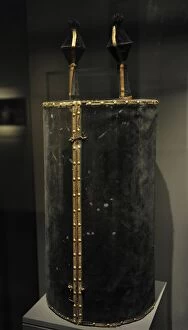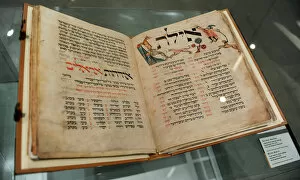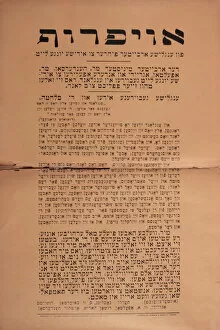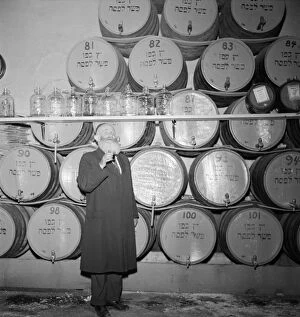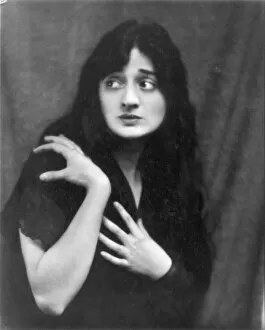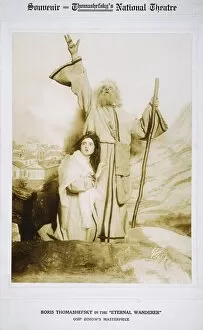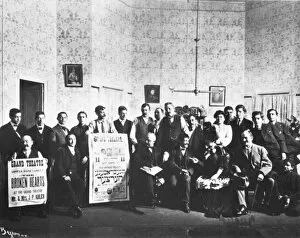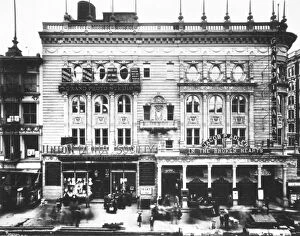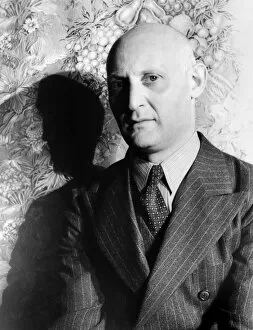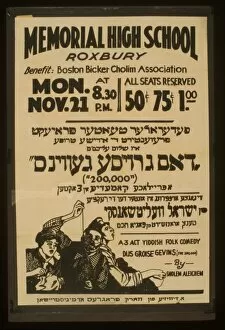Yiddish Collection (page 2)
Yiddish: A Rich Tapestry of Culture and Tradition From the ancient Torah scroll, containing the sacred Pentateuch
For sale as Licensed Images
Choose your image, Select your licence and Download the media
Yiddish: A Rich Tapestry of Culture and Tradition From the ancient Torah scroll, containing the sacred Pentateuch, to the vibrant performances by the Federal WPA Theatre Yiddish Unit, it has woven its way into the fabric of Jewish history. This unique language, with its roots dating back to Hebrew inscriptions from the 14th century, holds a special place in our hearts. In 1916, amidst a labor sympathy parade in New York City captured in a timeless black and white photograph, Yiddish voices rang out in solidarity. The call for unity echoed again in 1917 through a colorful lithograph proclaiming "Food will win the war. " Immigrants who sought freedom on these shores were reminded that preserving it required their help - wasting nothing as wheat was needed for our allies. The influential Russian Yiddish writer Sholem Aleichem and his father sat side by side in an evocative photograph from 1885. Their bond symbolized not only familial love but also a deep connection to their cultural heritage. And what better representation of tradition than a circumcision ceremony depicted in intricate lithography? Across oceans and borders, Yiddish continued to thrive. In London's Whitechapel district during 1891, plays performed at the Oriental Working Men's Club brought joy and entertainment to audiences eager to embrace their linguistic roots. Sholem Aleichem himself became an icon of Russian Yiddish literature and theater. His portraits captured both his serious demeanor as well as moments of levity that characterized his work – stories that touched hearts across generations. Today we celebrate this rich tapestry called Yiddish – an embodiment of resilience, creativity, and community spirit, and is more than just words; it represents an entire culture passed down through generations. Let us cherish this legacy while embracing its future possibilities with open arms.

